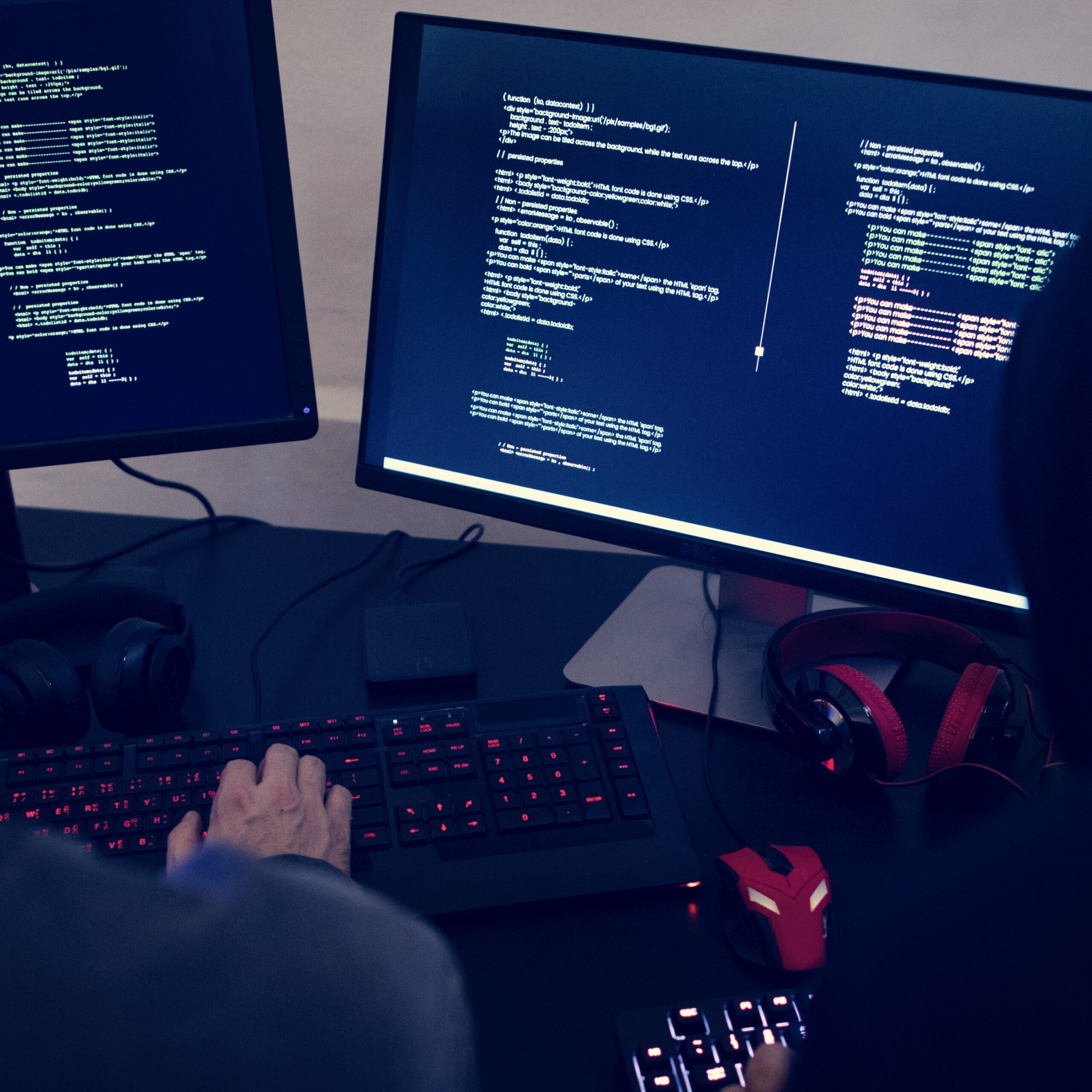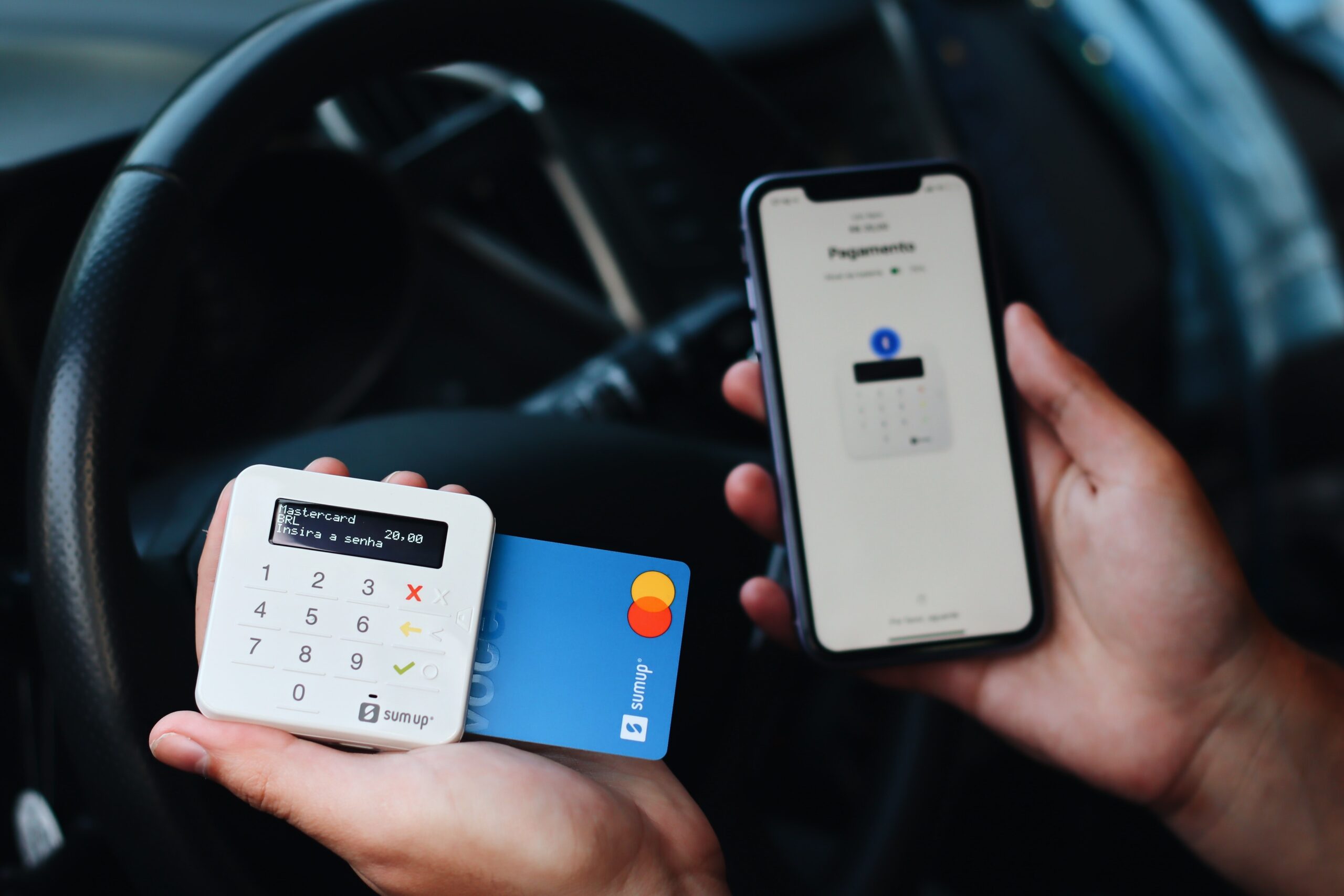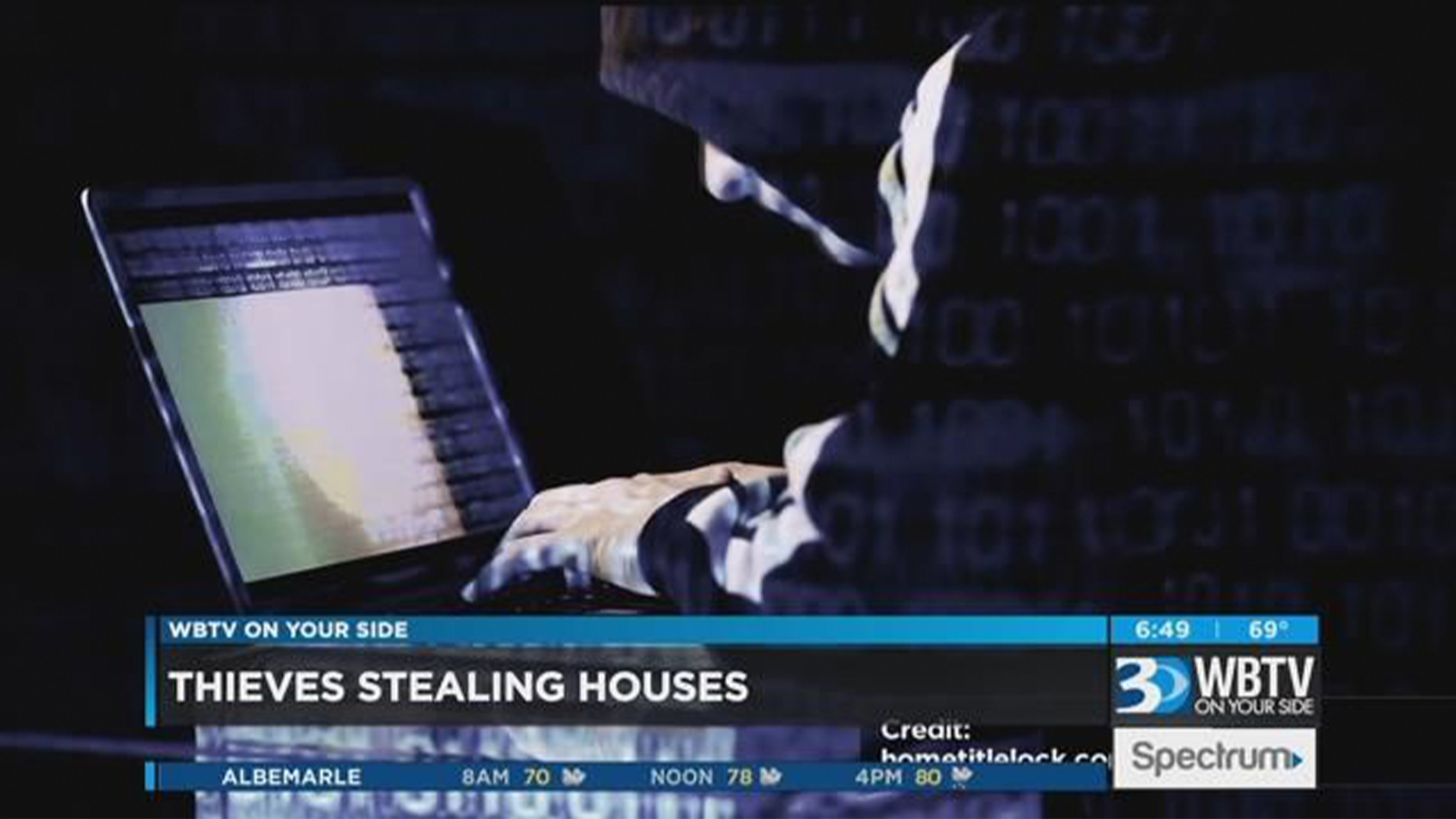Back to School
A new school year provides hope and enthusiasm for students and instructors, as well as some respite for parents. And this new beginning is an excellent opportunity to reset your personal cybersecurity awareness in order to set yourself up for success.
Everyone is vulnerable to cyberattacks, regardless of age.
Chromebooks and iPads have replaced paper and pencils in the classroom. Teachers engage with parents and students via apps and email. As the world becomes more computerized, children and parents must be on the lookout for cyberattacks.
Unfortunately, even the youngest among us are vulnerable to cyberattacks. Consider the recent Neopets breach. The virtual pet management service, which is largely used by youngsters, recently experienced a data breach that affected 69 million members, revealing usernames, passwords, dates of birth, and email addresses, among other pieces of personally identifying information (PII).
This type of news puts both the individual and the organization at risk, particularly for workers who work remotely or use unmanaged or personal devices with corporate accounts that may include children’s apps/games on them. These kind of attacks could result in malware infections that lead to ransomware attacks in the company. With children creating more online accounts sooner than ever before, it creates a fertile ground for fraudsters to develop synthetic identities using compromised children’s data.
Cybersecurity for the Education Sector
With the push for remote learning during the pandemic, many institutions were unprepared for the vulnerabilities that came with an enhanced attack surface. The education sector is a popular target for cyberattacks, with 56% of lower education organizations and 64% of higher education organizations being infected with ransomware in the last year. SafeMonitor discovered approximately 180 million breach records from.edu domains in our recovered data over the previous 5 years.
According to the most current State of EdTech Leadership report, cybersecurity and student data protection are the top priorities for school district IT executives, yet just 54% of K-12 IT leaders polled had high confidence in their capacity to handle a cyberthreat. Furthermore, funding restrictions and a lack of resources continue to be problems for district IT administrators in successfully and reliably protecting against cyberattacks.
Implementing strong password restrictions to prevent the danger of account takeover is one method IT teams in the education sector may improve threat protection (ATO). It also helps to spread cybersecurity education and awareness to everyone so that students and employees alike take additional precautions when utilizing district assets and accounts.
The University of Oklahoma, for example, understands the significance of rigorous password protection. They are aware of password reuse and the harm that a single hacked password might pose to several accounts. As a result, they deploy SafeMonitor services to guard against ATO and raise cybersecurity awareness in order to stimulate learning outside of the classroom and have an influence on the daily lives of students and staff.
Back-to-School Cybersecurity Tips
As children, teachers, administrators, and staff return to school with the hope of a good year, we provide these recommendations to assist safeguard you and your family, as well as pass along to colleagues to defend against hackers.
Keep your work and personal computers and accounts separate.
I don’t know about you, but my kids adore everything that isn’t theirs – they always want to use my phone to text or call Grandma, and they are fascinated by my work computer. Allowing others to use your work gadgets, on the other hand, can put you and your organization at risk. What if they download something they shouldn’t and infect your device with malware? What if they utilize hacked browser credentials that a fraudster then uses for account takeover (ATO) or online fraud? Ensuring the protection of your corporate assets is vital, and it may even be part of your organization’s corporate rules. Using your work computer just for work purposes is the greatest approach to safeguard yourself and your company.
Instill robust password hygiene in everyone in your family.
My primary school child already has accounts with an authentication/2FA program – it’s the district’s one-stop-shop for all learning sites. It’s enabled on our family’s personal computer, and we made a point of ensuring that the password for that account complies with the most recent recommendations for strong passwords in order to protect my child’s digital identity and our family from compromise or intrusion. Using family password managers aids in the creation of strong passwords, their storage, and the provision of access to the appropriate persons in the event of an emergency. Passwords should be complicated, with at least 16 characters, and should avoid common words/phrases such as sports team names, the latest pop star, or the name of the most watched bingeable TV show. And use a different password for each account – password reuse is a normal human trait, and if you use the same weak password across many accounts, the likelihood of it being compromised grows considerably. No one is too young to learn cybersecurity best practices, and starting with the basics of simple password security and hygiene is a fantastic place to start.
Keep an eye on your child’s online activity.
When my other child requests to borrow my phone “for just a minute,” what they really want to do is use it for 20 minutes and watch YouTube videos. And, while I admit that I sometimes let them have it, I still try to keep track of what they’re doing with it. We have parental controls on our children’s iPads, but it’s a free for all on my phone. Not only do I want to make sure they’re not viewing something they shouldn’t (anyone else get irritated by the Momo Challenge or Huggy Wuggy?! ), but there’s also the risk that they’ll access applications or websites they shouldn’t, or put my phone and online accounts vulnerable to cyber threats. Knowing exactly what your children are doing online might be difficult, but developing that trust early on can help both them and you feel confident in their digital knowledge. The National Online Safety website is an excellent resource for parents and teachers, as it provides information on tips and trends to be aware of in order to keep your children and pupils safe online.
Before the bell rings…
It is never too early to instill security best practices in the entire family. With so much activity on the criminal underworld and fraudsters doing whatever it takes to make a buck, it’s critical to safeguard your family’s personal information. Begin the school year on the right foot by brushing up on your cybersecurity knowledge!





























